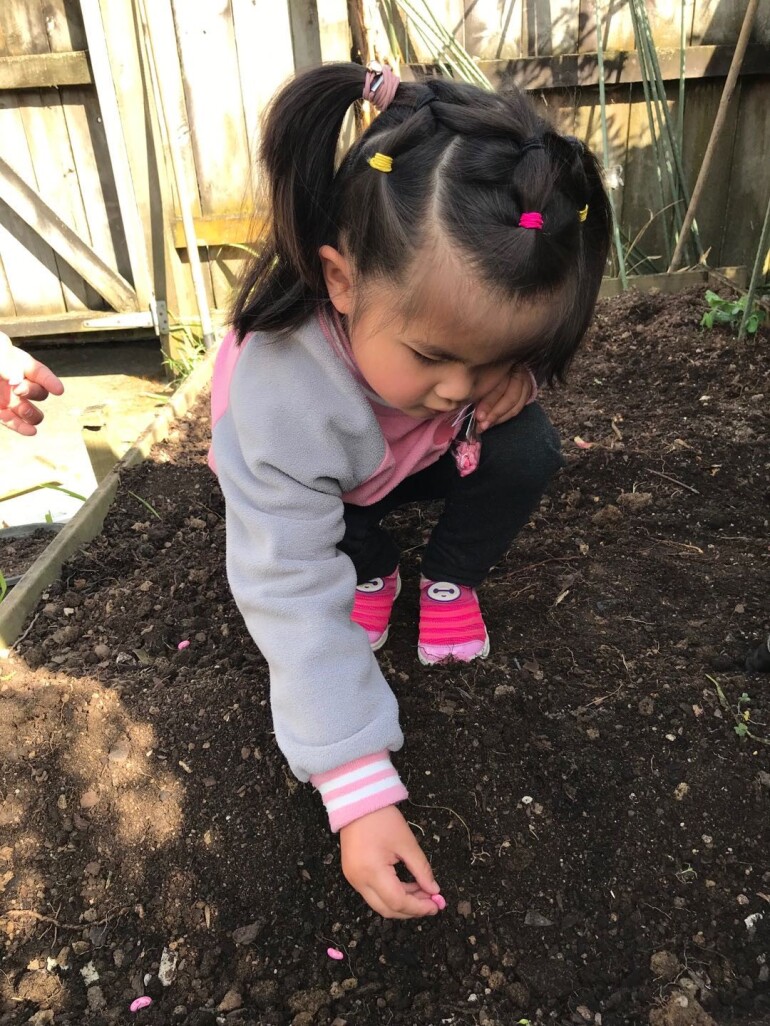News And Events

Growing Beans
29 November 2023This month, our Educators/Nannies are receiving a bean growing kit, so they can support children to grow their own bean seeds and observe the life cycle of a bean plant.
There are four main stages in the life cycle of a bean plant: seed, germination, leaf growth, and flowering.
Did you know?
- Beans are not a fruit or a vegetable. They are legumes, or seeds, from a family of plants that produces seedpods. Legumes include beans, lentils, some types of peas, and peanuts.
- Seeds remain dormant or inactive until conditions are right for germination. All seeds need water, oxygen, and proper temperature in order to germinate.
- Beans are good companion plants for tomatoes, carrots, celery, corn, cucumber, eggplant, peas, potatoes, radish, and strawberries. Avoid planting near chives, garlic, leeks, and onions.
Here’s some ideas to support children’s learning about life cycles across the age groups:
Infants: Create hanging mobiles with pictures of natural life cycles – such as the monarch butterfly, sunflowers, or vegetables. Display growing beans safely and down low for infants to see. Read and wonder at hard cover nature picture books.
Toddlers: Act out life cycles – for example the monarch butterfly and have tamariki curl themselves into tight balls to be butterfly eggs. They can then hatch into wiggly caterpillars, form very still chrysalises, and finally emerge into butterflies who stretch their wings and flutter away. Set up a nature growing table for exploration with magnifying glasses; grow vegetables together and take photos of the progress – turn this into a book!
Young Children: Encourage active participation of growing the bean seed, taking care of it and helping to document what they are seeing through verbal discussions and taking photographs. Research different life cycles and engage in discussion such as “what do living things need to survive?”, “why do we need to know about plant life cycles?”, etc. Grow a vegetable garden together.
The learning outcomes from Te Whāriki for exploring plant life cycles include:
- Making connections between people, places and things in their world | te waihanga hononga
- Recognising and appreciating their own ability to learn | te rangatiratanga
- Expressing their feelings and ideas using a range of materials and modes | he kōrero auaha
- Using a range of strategies for reasoning and problem solving | te hīraurau hopanga
- Making sense of their worlds by generating and refining working theories | te rangahau me te mātauranga


